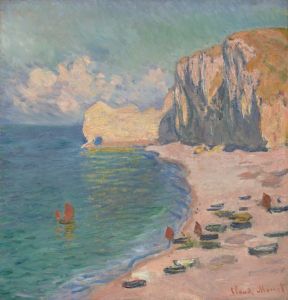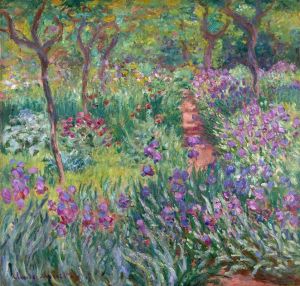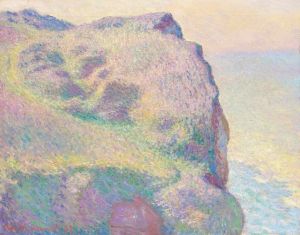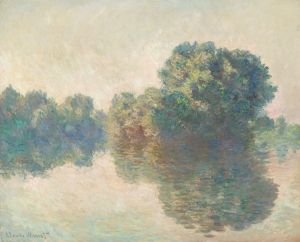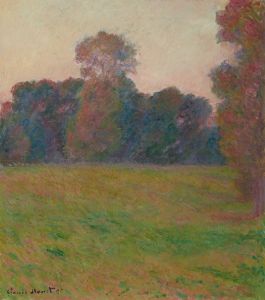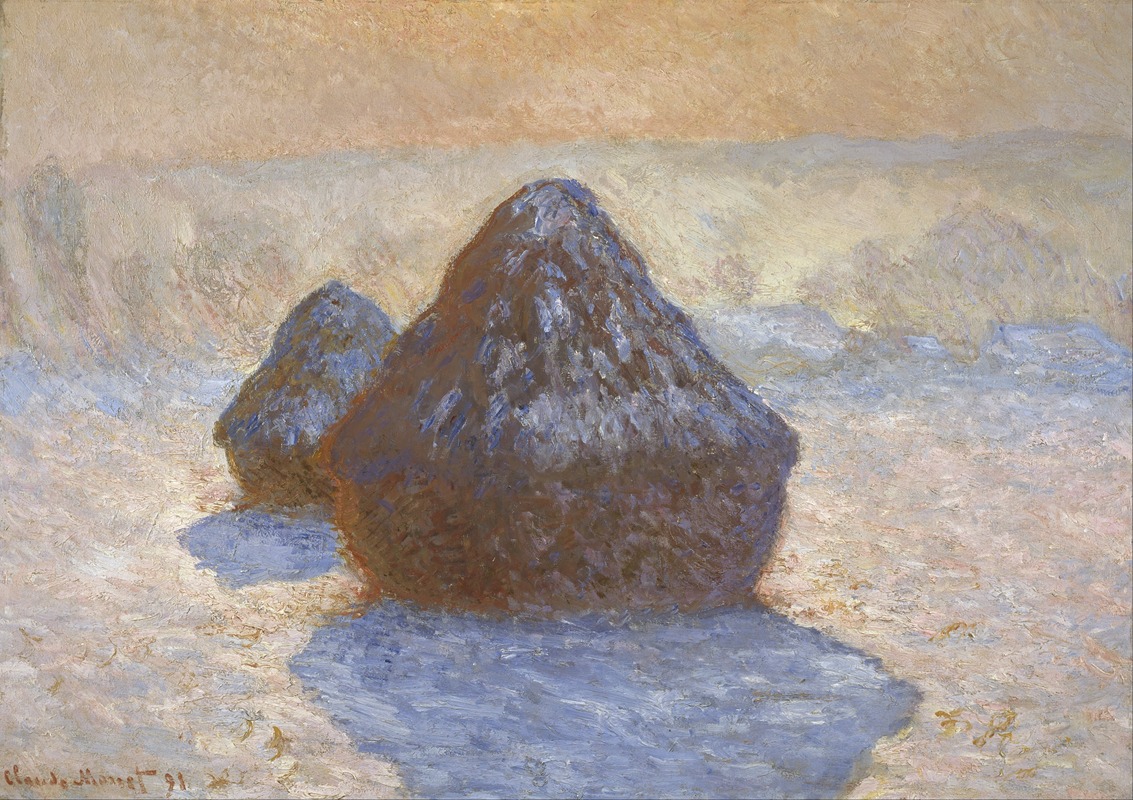
Haystacks- Snow Effect
A hand-painted replica of Claude Monet’s masterpiece Haystacks- Snow Effect, meticulously crafted by professional artists to capture the true essence of the original. Each piece is created with museum-quality canvas and rare mineral pigments, carefully painted by experienced artists with delicate brushstrokes and rich, layered colors to perfectly recreate the texture of the original artwork. Unlike machine-printed reproductions, this hand-painted version brings the painting to life, infused with the artist’s emotions and skill in every stroke. Whether for personal collection or home decoration, it instantly elevates the artistic atmosphere of any space.
Claude Monet's Haystacks: Snow Effect is one of the paintings from his renowned Haystacks series, created between 1890 and 1891. This series is celebrated for its innovative exploration of light, color, and atmosphere, as Monet captured the same subject under varying conditions of weather, time of day, and season. The Haystacks series is widely regarded as a cornerstone of Impressionist art, showcasing Monet's mastery in depicting the transient effects of light and his dedication to plein air painting.
Haystacks: Snow Effect specifically depicts a haystack blanketed in snow, emphasizing the muted tones and soft light characteristic of winter. The painting demonstrates Monet's ability to convey the subtle interplay of light and shadow on the snow-covered surface, creating a sense of depth and texture. The cool palette, dominated by whites, blues, and grays, is punctuated by warmer tones that suggest the underlying structure of the haystack and the surrounding landscape.
Monet painted this work at his home in Giverny, France, where he had settled in 1883. The haystacks depicted in the series were located near his property, and they became a recurring subject in his work during this period. Monet's focus on haystacks was partly inspired by his interest in capturing the changing qualities of light and atmosphere, as well as his fascination with the rhythms of rural life.
The Haystacks series, including Snow Effect, was first exhibited in 1891 at the Galerie Durand-Ruel in Paris. The exhibition was met with critical acclaim and marked a turning point in Monet's career, solidifying his reputation as a leading figure in the Impressionist movement. The series also reflected Monet's growing interest in serial painting, a technique he would continue to explore in later works, such as his Rouen Cathedral and Water Lilies series.
Today, Haystacks: Snow Effect is recognized as a significant example of Monet's ability to capture the ephemeral beauty of nature. The painting is held in the collection of the Musée d'Orsay in Paris, France, where it is displayed alongside other masterpieces of Impressionist and Post-Impressionist art. Monet's Haystacks series remains a testament to his innovative approach to landscape painting and his enduring influence on the art world.





